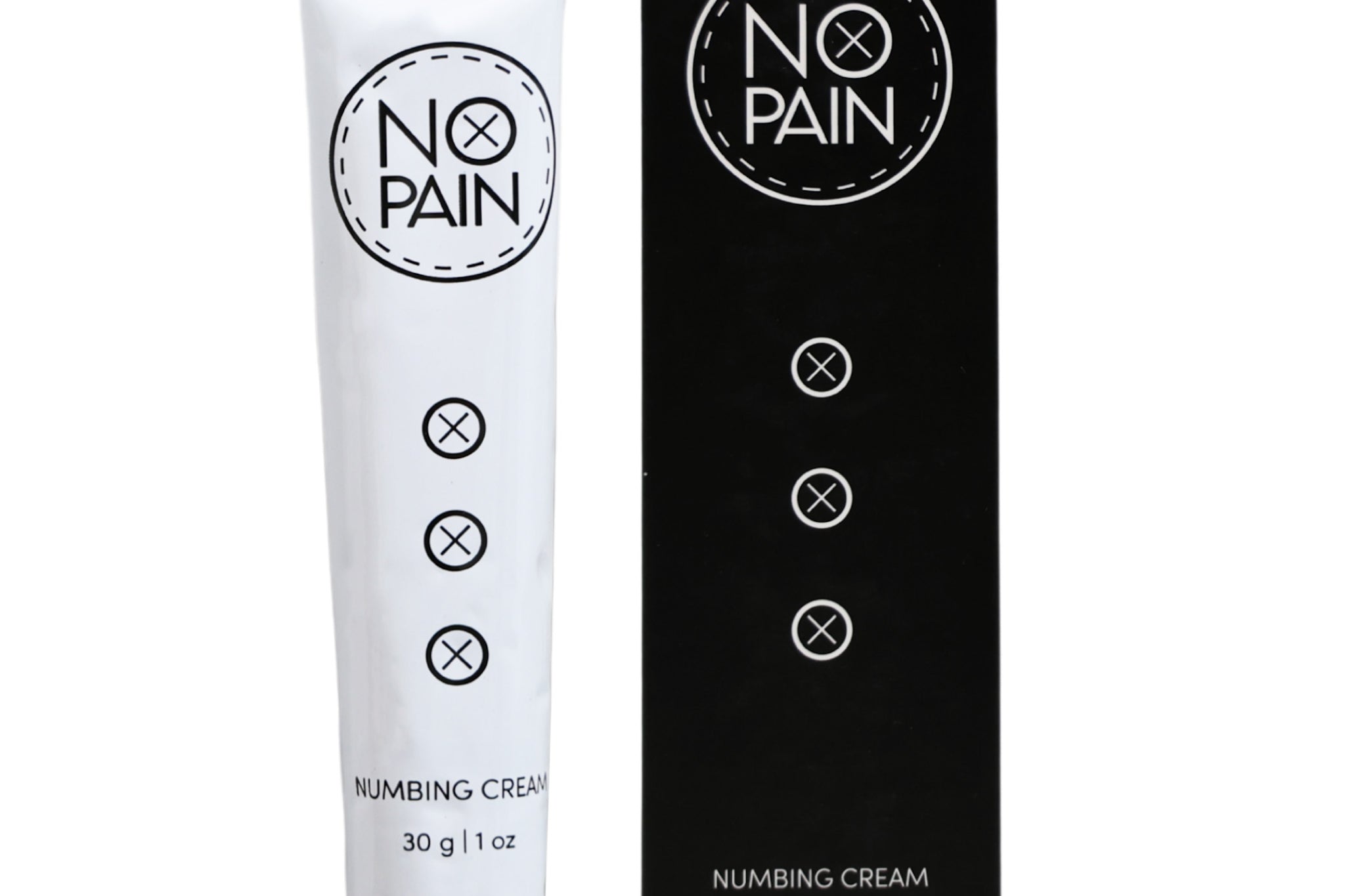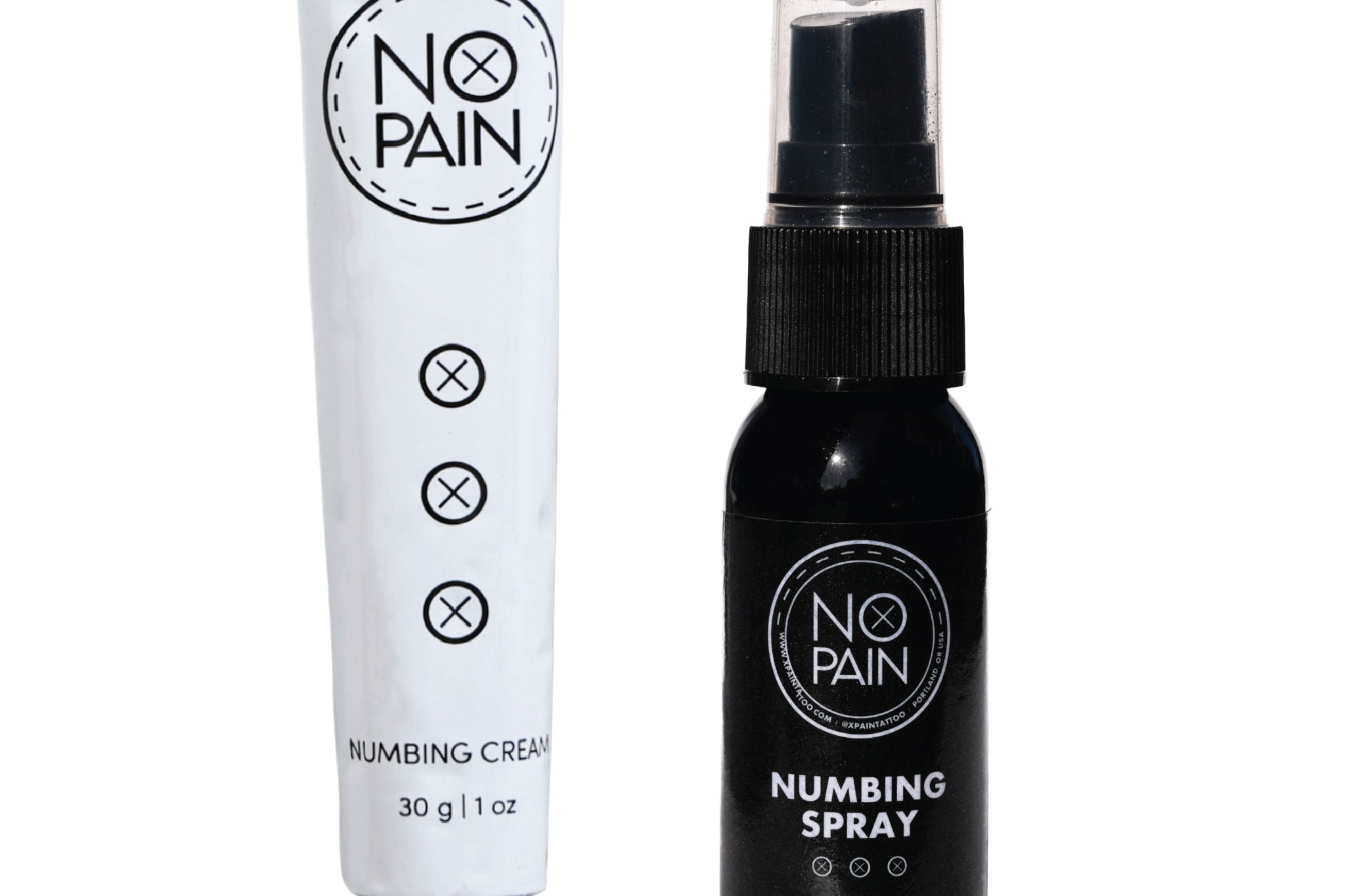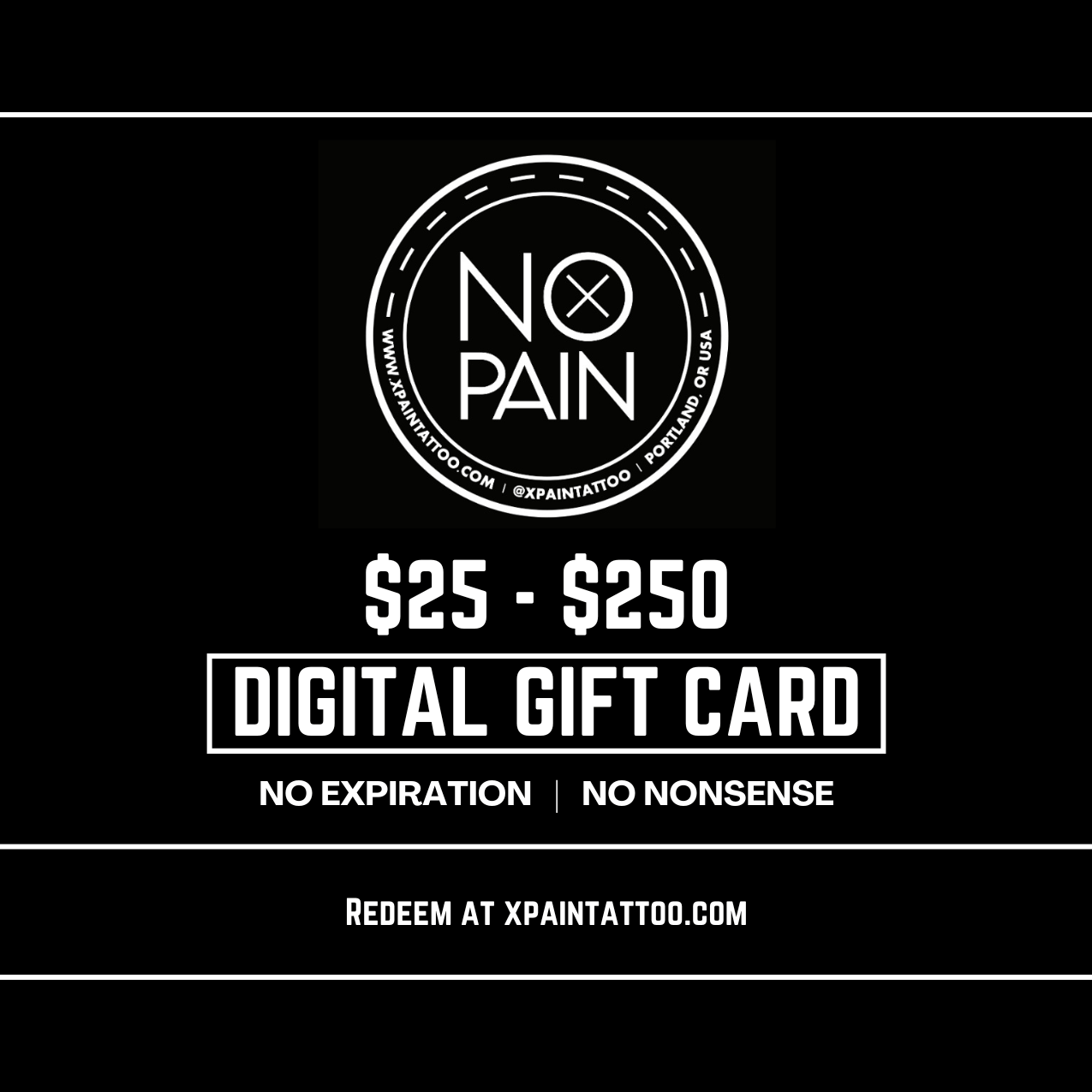You’re about a week into healing your new tattoo. The initial swelling and tenderness have subsided, and your skin is starting to peel and flake off in colored specks, like a healing sunburn. But then you look closer and notice something more intense—lines that look like deep, defined cracks in dry earth. A moment of panic sets in. Is this normal?
Let’s clarify this right away. While light flaking and peeling is a completely normal and expected part of the process, deep, painful cracking is not.
Cracking is a sign that your tattoo is excessively dry, and it's a problem you need to address immediately to prevent ink loss, scarring, and infection. This guide will help you understand the difference and provide the definitive solution to get your healing journey back on track.
Normal Peeling vs. Problematic Cracking
First, it’s important to know what you’re looking at.
What's Normal (Peeling & Flaking):
This will look and feel very similar to a healing sunburn. You’ll see thin, almost translucent flakes of skin peeling away. This is simply the top layer of your skin (the epidermis) shedding as it heals. The skin underneath might look a bit shiny or "milky" for a few days. The area will likely be very itchy, but it shouldn't be painful.
What's NOT Normal (Cracking):
Cracking is much more severe. It looks like deep, defined splits or fissures in the skin.
-
The cracks may be painful or tender to the touch.
-
They can sometimes bleed or weep a little.
-
The skin around the cracks will likely look very red and inflamed.
This is a sign of extreme dehydration. Your healing skin has lost its elasticity and is literally splitting open.
The #1 Cause of Tattoo Cracking: Lack of Moisture
The culprit behind a cracking tattoo is almost always the same: insufficient moisturization.
A healing tattoo is a delicate wound trying to build a fresh, healthy layer of skin. This complex process requires a hydrated environment to work efficiently. When the healing skin becomes too dry, it gets tight, brittle, and loses its ability to flex with your body's movements. This tension causes it to split open, creating painful cracks, especially over mobile areas like elbows, knees, and wrists.
This poses a serious risk to your new art. These deep fissures can cause ink to be pushed out of the skin or heal unevenly. When the skin finally repairs itself, it can leave behind a scar or a patchy, faded spot right in the middle of your design.
The Solution: How to Prevent and Fix a Cracking Tattoo
If you see your tattoo starting to crack, the solution is immediate and simple: moisturize.
-
Gently Clean the Area: The first step is to ensure the cracked skin is clean, as bacteria can easily enter these fissures and cause an infection. Gently wash the tattoo with a mild, antimicrobial wash like our No Pain Tattoo Cleansing Foam and carefully pat it completely dry with a clean paper towel.
-
Apply a Nourishing Balm: This is not the time for a thin, watery lotion. Your skin is thirsty for deep, nourishing hydration to restore its elasticity. Our No Pain Tattoo Aftercare Balm is the perfect solution. It’s specifically formulated with rich, nourishing ingredients that deeply moisturize the skin and provide a breathable barrier to prevent further moisture loss. Unlike heavy petroleum products, it won't clog your pores, allowing the skin to breathe while it heals. Apply a thin layer 2-3 times a day, or whenever the tattoo feels tight and dry.
-
Soothe the Pain: If the cracked area is particularly red and painful, applying our No Pain Tattoo Soothing Gel can provide immediate cooling relief and calm inflammation.
The Verdict: While seeing your new tattoo crack can be alarming, it's almost always a fixable problem. Think of it as your skin's emergency signal that it needs more moisture, right now.
The key to a smooth, crack-free heal is a consistent aftercare routine from day one. By using a purpose-built system like our No Pain Tattoo Aftercare Bundle, you give your skin all the tools it needs to regenerate healthily. This ensures your ink heals not just without cracks, but with the brilliant clarity and vibrancy you expect.




